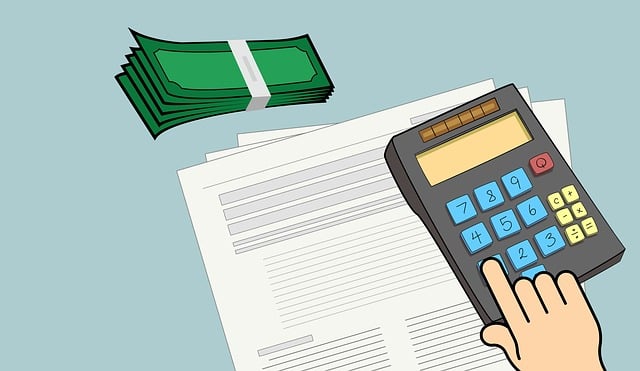
CA Budget Time Again: Small Surplus is Back But Catastrophic Needs Ahead
01.11.2025 | Linda J. Rosenthal, JD

Board and staff of most nonprofits are aware that there’s a hefty set of federal tax laws that apply to their operations. Their main goal is to make sure that the coveted tax exemption is safe and secure.
Of course, there are other categories of rules and regulations that apply across the board – to profit-making businesses as well as to nonprofits. A good example is labor and employment law: wage and hour rules, workplace safety obligations, tax withholding duties, and discrimination prohibitions, to name a few. They apply to any and all employers.
Venture over into the realm of intellectual property (copyright, trademark, trade names) and mix in internet technology; there’s a hot brew of legal quicksand if you’re not careful. But the benefits of social media and other up-to-the-minute ways of connecting with your audience are too clear and significant to skip.
There are developments to report in the rules about copyright infringement and websites; it’s good news, though, about fairly easy ways to protect against liability.
“Does your nonprofit have a website? “ Is there a blog where readers may post comments, or are there discussion forums, online community chats, or opportunities for outsiders to “post videos, pictures, or other text or media?”
What’s the problem? Your organization is “considered the publisher of the content on its website, including the content of user posts, even if the organization does not control or possibly even know about the content posted by the users.” There could be copyright infringement claims as to any of this content or activity.
Back in 1998, Congress passed the Digital Millennium Copyright Act of 1998 (DMCA), 17 U.S.C. 512(k)(1), and amended it from time to time including as recently as 2016. Although the DMCA’s principal purpose is to criminalize and stiffen penalties for infringers and wrongdoers, it also has protections for innocent third-party providers that may be inadvertently caught up in this wrongdoing.
The DMCA offers third-party providers (including website owners that post content of others) some “safe harbors”; that is, steps to take that will provide a defense and protection against allegations of copyright infringement or criminal wrongdoing.
Under the DMCA, “any organization that has a website that includes content created by others, or that allows users to post their own content, is likely conducting an activity eligible for protection under the DMCA.”
The purpose of the DMCA is to set out specific procedures for an organization to follow. The successful completion of these steps will create the “safe harbor” that can be raised as a defense against a copyright infringement claim.
The particular steps you need to take may depend on the exact nature of your online activities (so counsel should be consulted), but generally, they are:
The DMCA rules were amended, effective December 1, 2016, in two important ways. First, the designation process was changed from a prior paper-based system to an entirely online one. (Previously, a printed designation form was sent to the Copyright Office for scanning and inclusion in an online directory. This was cumbersome and slow.) Second, the filing fee had been $105 along with additional fees but this has been reduced to just $6.
An organization that had already designated an agent must register online by December 31, 2017, to update its registration to conform with the new rules.
If your website or other social media operations include aspects that may come within the perils and protections described here, you should take the steps necessary to learn about, and comply, with the Digital Millennium Copyright Act.
